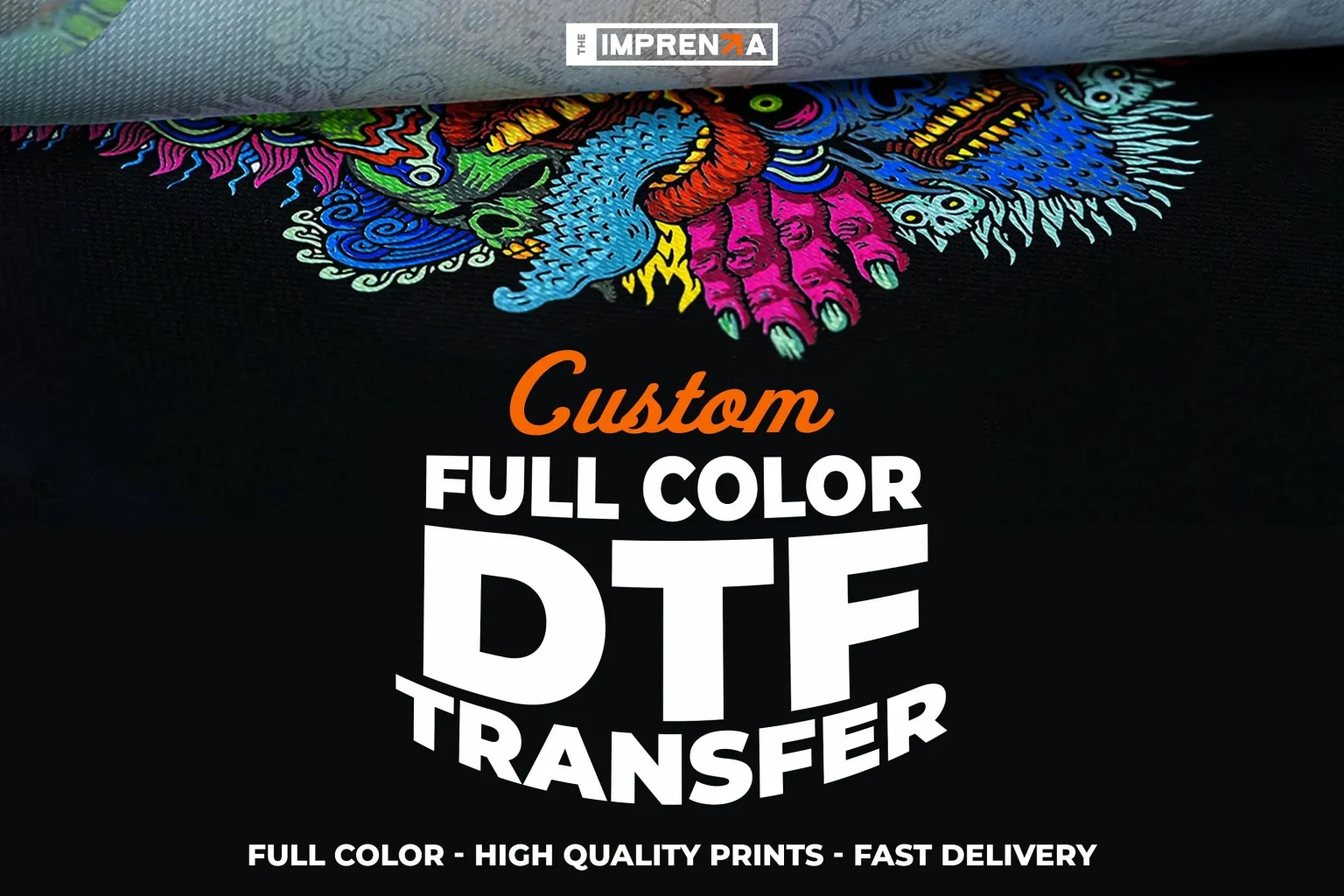DTF transfers, short for Direct to Film printing, are gaining remarkable traction in the printing industry, revolutionizing how designs are translated onto fabrics. This cutting-edge printing technology has opened new avenues for businesses and creatives, particularly in the field of custom apparel. By merging vibrant colors and intricate graphics, DTF transfers create high-quality outputs that appeal to a diverse market. As companies shift towards print on demand solutions, DTF printing is emerging as the preferred choice due to its cost-effectiveness and versatility. In this blog post, we’ll delve into the rise of DTF transfers and explore how this technique is reshaping the printing game for businesses of all sizes.
Known by various names, such as Direct to Film printing or DTF printing, this innovative technique is transforming textile printing by enhancing the way designs are applied to various substrates. The technology allows brands to achieve remarkable detail and color vibrancy on fabric, making it an ideal choice for custom apparel. As an emerging printing method, it not only simplifies the creation of bespoke designs but also aligns perfectly with the growing trend of personalized printed items. With an ever-expanding market for print on demand services, incorporating DTF technology provides businesses with a unique competitive edge. This introduction to DTF transfers sets the stage for understanding their advantages and the pivotal role they play in modern printing.
Exploring the Versatility of DTF Printing
DTF printing is notably versatile, enabling designers to create stunning visuals on a multitude of materials. Unlike screen printing, which may be limited by the type of fabric, DTF technology excels across various substrates, such as cotton, polyester, and even blended fabrics. This ability to print on a diverse range of materials makes DTF an ideal choice for custom apparel makers looking to experiment with different products, from T-shirts to tote bags, without compromising on design quality or vibrancy.
Another aspect contributing to the versatility of DTF printing is its capability to produce intricate designs with exceptional detail. The fine printing quality allows for high-resolution images and complex color combinations to be transferred reliably, appealing to both artists and commercial designers. Consequently, the method supports a broader spectrum of creative expression, making it easier for brands to stand out in a competitive market.
Frequently Asked Questions
What is DTF printing and how does it work?
DTF printing, or Direct to Film printing, is a modern technique that prints designs onto a special clear film using high-quality inks. After printing, an adhesive powder is applied, melted, and cured to create a transfer print. This print is then applied to fabric using heat, allowing for vibrant and detailed designs on various materials.
What are the advantages of using DTF transfers for custom apparel?
DTF transfers offer several advantages for custom apparel, including versatility across different materials, cost-effectiveness for small runs, and durability that withstands multiple washes without fading. This makes DTF a preferred choice for businesses looking to produce high-quality, long-lasting custom apparel.
How does DTF printing compare to other printing technologies?
DTF printing stands out due to its flexibility with various substrates and its ability to produce vibrant colors and intricate designs. Compared to traditional methods like screen printing, DTF is more economical for short runs, making it appealing for custom apparel and print-on-demand services.
Is DTF printing suitable for all types of fabrics?
Yes, DTF printing is suitable for a variety of fabrics, including cotton, polyester, and fabric blends. This versatility enables businesses to create custom apparel that meets diverse consumer preferences and demands.
What are key considerations when starting with DTF printing?
When starting with DTF printing, important considerations include understanding equipment costs like printers and heat presses, proper training in using DTF technology, and maintaining material quality for the best adhesion and results. Engaging with the DTF community can also provide valuable insights.
What trends are emerging in the DTF printing market?
The DTF printing market is witnessing significant growth, driven by the rising demand for customized products. Innovations in ink technology and printing processes are enhancing print quality and turnaround times, making DTF transfers a vital component of the custom apparel industry.
| Key Points | Details |
|---|---|
| What is DTF Printing? | A modern printing method involving designs printed onto a clear film and transferred to fabrics with adhesive and heat. |
| Key Advantages | 1. **Versatility**: Works on various materials including cotton and polyester. 2. **Cost-Effectiveness**: Lower setup and production costs for small runs. 3. **Durability**: High wash resistance with maintained vibrancy. |
| Industry Trends | A predicted market growth to USD 9.6 billion by 2030 due to increased demand for customized products. |
| Community Support | Growing network of professionals sharing tips and insights through forums and social media groups. |
| Technology Advancements | Innovations in ink, printhead tech, and software enhancing result quality and efficiency. |
| Challenges | Requires proper training and understanding of materials; equipment costs must be considered. |
Summary
DTF Transfers have emerged as a groundbreaking solution in the world of custom printing, reshaping the industry’s landscape. This innovative printing technique not only facilitates the creation of high-quality designs on various fabrics but also offers significant advantages such as cost-effectiveness, versatility, and exceptional durability compared to traditional methods. As this technology continues to advance and gain popularity, more businesses and creators are embracing DTF Transfers, thereby meeting the growing consumer demand for customized apparel and merchandise. With a supportive community flourishing around this method, DTF Transfers present an accessible and compelling opportunity for those looking to elevate their printing ventures.




